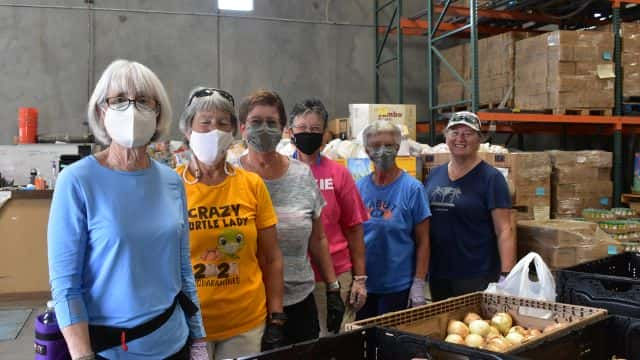CalFresh is how the federal Supplemental Nutrition Assistance Program is implemented in California (SNAP). The federal government provides the majority of the program’s funding, and it also decides how the income-based CalFresh benefits are adjusted.
The state controls county program administration and makes decisions regarding some program eligibility requirements.
Most working-age persons who are new to CalFresh in prosperous times have some sort of link to the labour market.
However, employment in low-paying, temporary, or ad hoc positions may be precarious. CalFresh efficiently complements income when the job is lost or reduced because it enables families to afford food.
CalFresh, one of the few safety net programs available to single adults, can be quite important.
Policymakers can better understand the employment dynamics at play that may affect the length and scope of benefits by looking at the types of jobs that participants in the CalFresh program perform.
The needs of low-income working Californians may be better met by certain program conditions, as indicated by such insights.
The majority of working-age persons who are new to CalFresh have jobs before they apply.
Work interruptions are common; about 80% of participants who are employed spend at least one quarter without a job before, during, or after receiving CalFresh benefits.
Earnings increase by an average of 68.4 per cent for adults who work before and after receiving CalFresh.
What are the employment prospects for folks who sign up for CalFresh?
Although employment is very typical for new CalFresh participants, it is nevertheless common to experience unemployment and job insecurity. We looked at a four-year window between 2014 and 2017—during which the state’s economy grew rapidly—before, during, and after participants registered in CalFresh to define a “best case” scenario.

Over 83 per cent of adults who enrol in CalFresh have income during their time receiving benefits, as well as in the 18 months immediately before or after. At this time, more than 80% of people work, with the majority doing so after exiting CalFresh.
About two-thirds of people work temporarily while having at least one longer-term job. Men in particular are more likely than women to be single adults with short-term occupations and less likely to have long-term employment.
How has the job market changed at CalFresh?
Nearly 80% of all working individuals who enrol in CalFresh for the first time experience unemployment, but rates decline during enrollment; in other words, people may seek assistance during difficult times, and that support may help some people stay in the workforce.
Approximately 60% of working participants are unemployed before to enrollment, but only 53% are unemployed during enrollment. The rate is 51% following CalFresh.
Work instability is more frequent when not receiving CalFresh benefits than when enrolled. Adults are slightly less likely to retain a short-term job after enrolling in CalFresh than they were before, but they are significantly more likely to do so afterwards.
Additionally, there is a modest increase in the possibility of individuals keeping a job after exiting CalFresh.
The majority of working individuals new to CalFresh are employed at or close to the time of enrollment, according to the data.
What happens to participants’ income if they stop receiving CalFresh?
Adults with somewhat secure employment relationships see an increase in earnings, although there are differences.
Earnings increase by roughly 60% for White men and Black women, while Latina individuals experience gains of about 36%.
In comparison to single males, the earnings of men in families with children might increase by up to 55%. Despite women spending more time in occupations with longer tenure, overall pay growth for women is slower than for males.
Participants who rejoin CalFresh after a short period see their earnings grow less rapidly.
Read more:-
- In Every State, the Area With the Highest Concentration of Food Stamp Users
- Expert Dispels 4 Myths About Food Stamps
- Not Eligible for SNAP? Seniors Might Be Helped by the Commodity Supplemental Food Program to Get Food
What can policy do to support CalFresh participants more effectively?
Policymakers and administrators should make sure that procedures for obtaining and maintaining benefits take employment into account given that the majority of CalFresh adults are employed.
Participants’ ability to move out of or back into income eligibility may depend on their employment stability.
More flexibility in the federal government’s definition of income eligibility when persons recertify for CalFresh may help to reduce such churn. California should keep looking for ways to assist qualified families in maintaining their benefits when it comes time to update their contact details with the county.
CalFresh transitions out of the program and support for those who re-enrol in it could both benefit from knowing whether the program aids employees in landing stable, higher-paying jobs.
Adults who are single and working in CalFresh are more likely to experience job instability. Policymakers ought to think about how to use CalFresh to connect with this population of low-income Californians.


